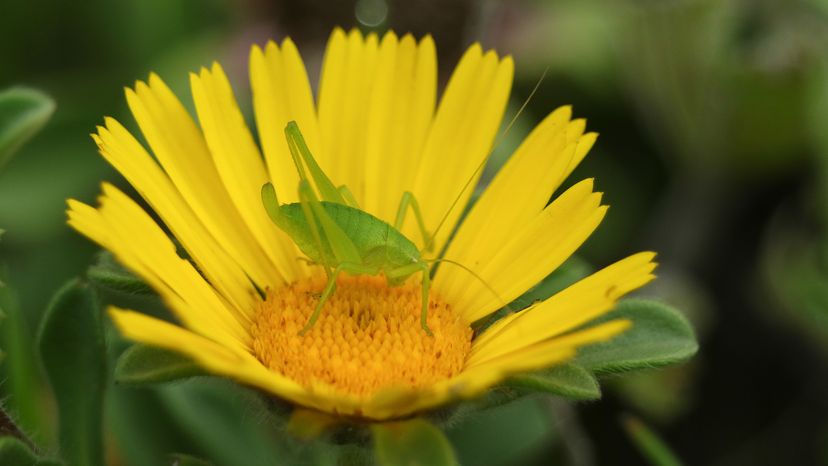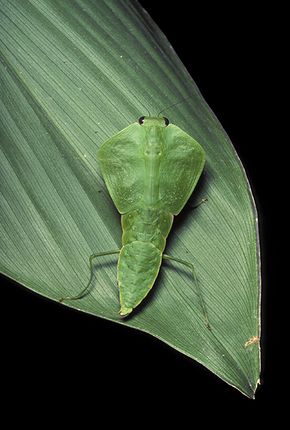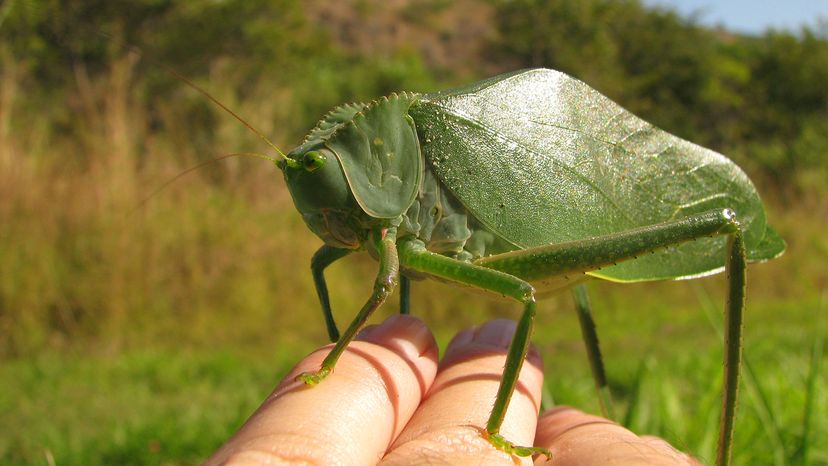
Is that katydid a leaf? Is it an insect? Is it singing to you on a warm summer night? The answer to all of these is yes! Closely related to crickets and grasshoppers, there are over 6,000 katydid species worldwide. These masters of disguise are commonly heard but rarely seen.
Not all katydids are the same — some, like the fork-tailed bush katydid, have long wings, while others, like the black-legged meadow katydid, have short wings and are poor flyers.
Advertisement
Katydid songs fill the air in late summer and early fall, as male katydids use their front wings to attract females. In many species, the sexes form duets, creating a continuous chorus that varies with ambient temperature.

